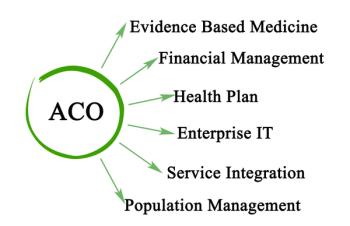
CMS recently introduced a new ACO model designed to ease the cost of setup for low-revenue ACOs focusing on primary care. The ACO Primary Care (PC) Flex Model will launch on New Year’s Day 2025.

CMS recently introduced a new ACO model designed to ease the cost of setup for low-revenue ACOs focusing on primary care. The ACO Primary Care (PC) Flex Model will launch on New Year’s Day 2025.

For operational efficiency, value-based initiatives need a scalable digital infrastructure that can handle multiple reimbursement models, including fee for service.


Healthcare will continue its evolution toward value-based reimbursement models in 2023 as provider organizations, commercial payers and government programs seek more ways to improve health outcomes while reducing costs.

While the trend toward value-based care is promising, research shows it can take a long time for healthcare payers to effectively implement the model. Value-based programs require an infrastructure that enables the many-to-many relationships between value-based care stakeholders and their counterparts.

The transition from treating patients at a provider’s site to delivering care in the home and community requires two things: an ability to incorporate social determinants of health into the care coordination process and the inclusion of value-based care and community-based organizations as compensated care delivery partners in VBC networks.

To fully leverage SDOH information and provide more complete services throughout the care continuum in support of value-based care, payers should include community-based organizations (CBOs) in their value-based care network contracting strategies. Doing so creates a broadened, higher performing set of resources to keep people healthy and at home.